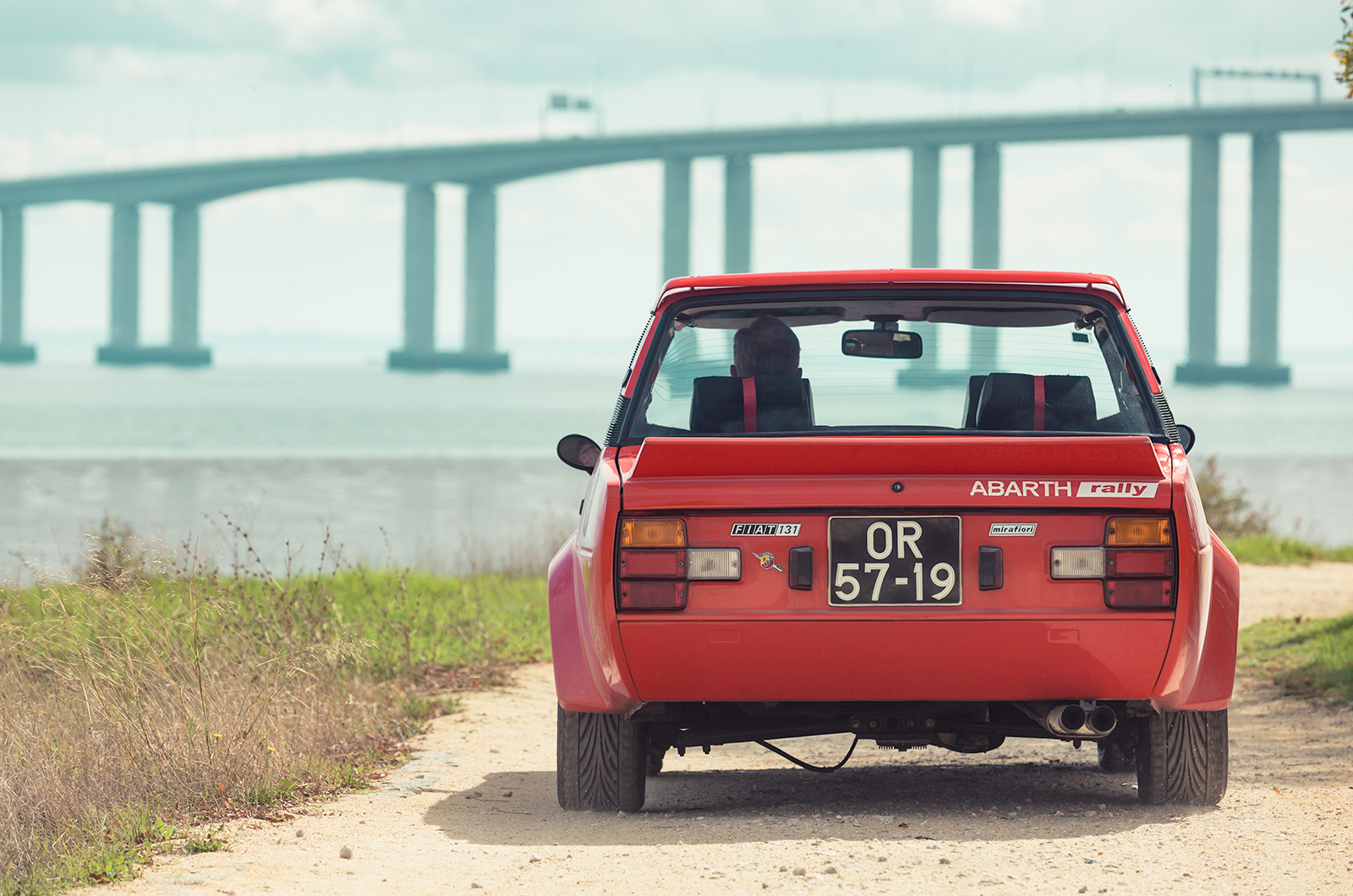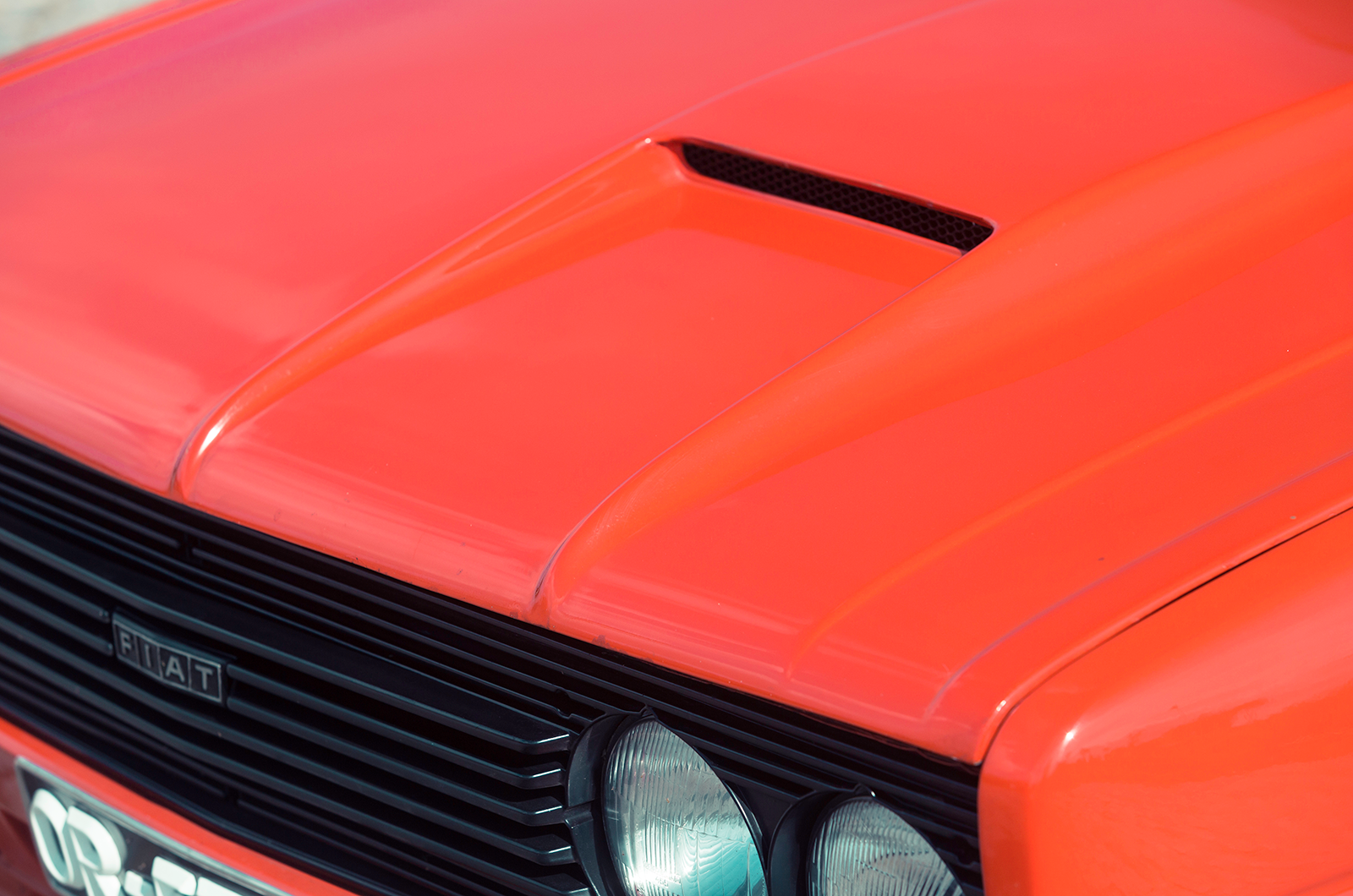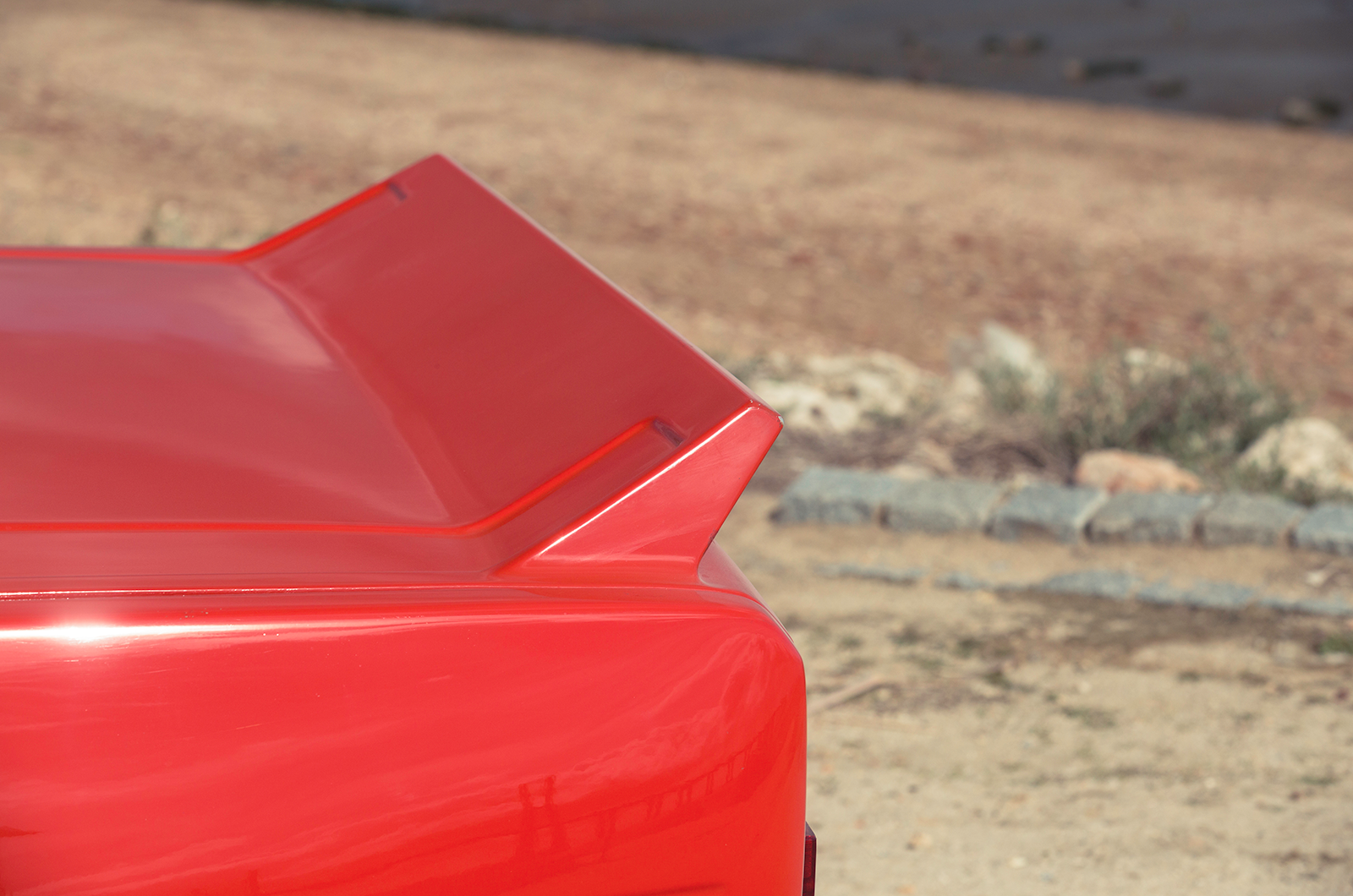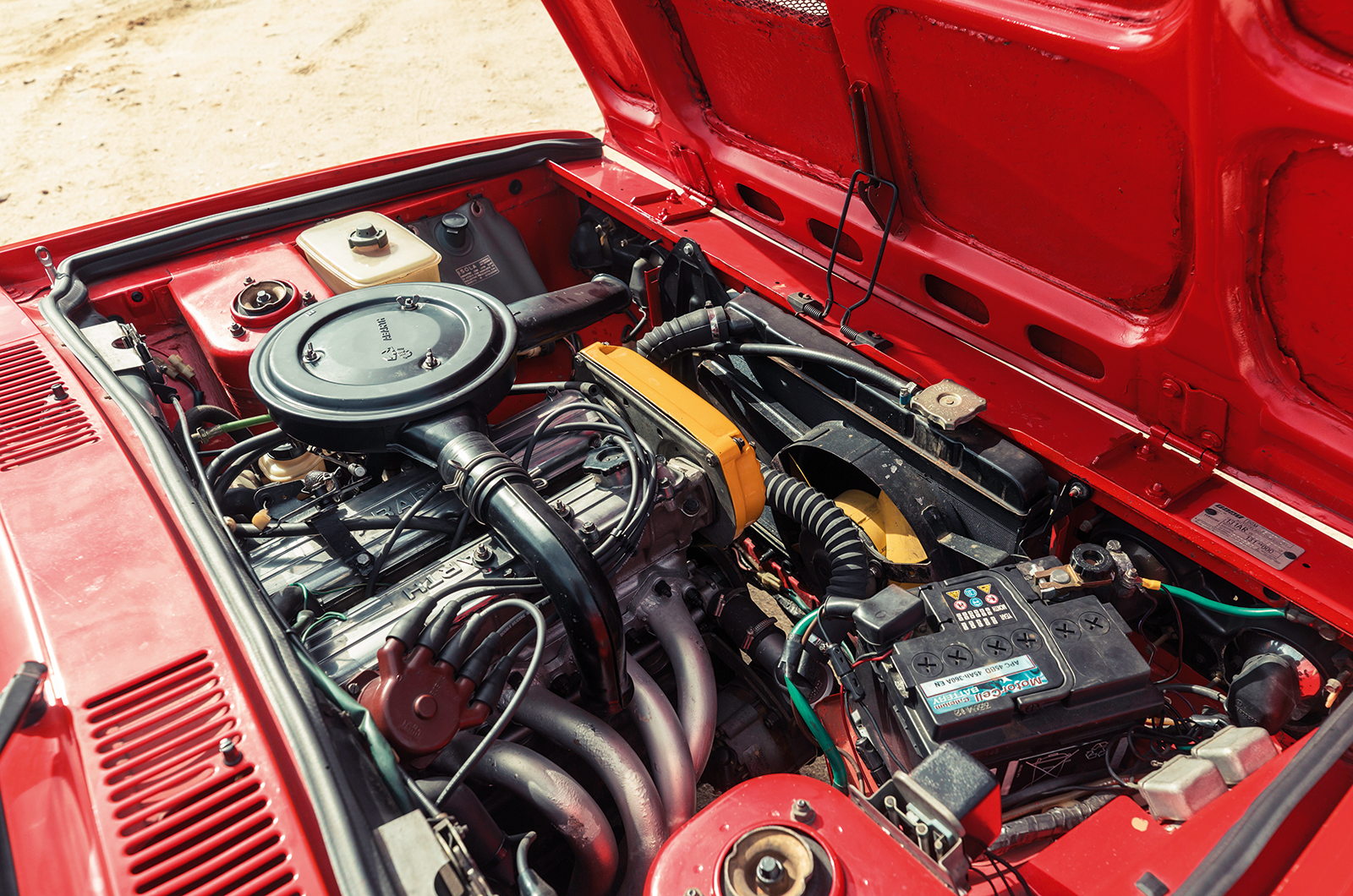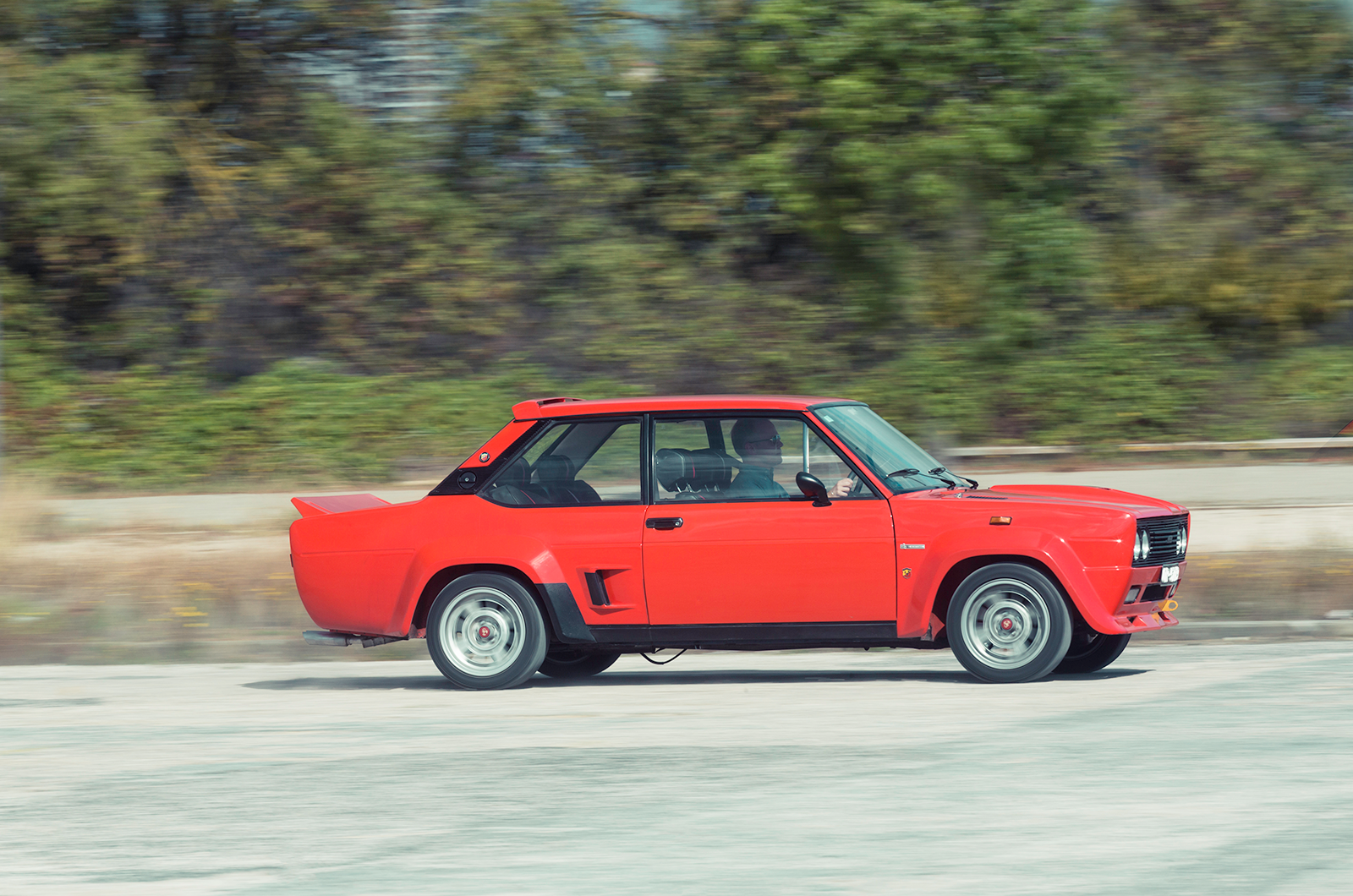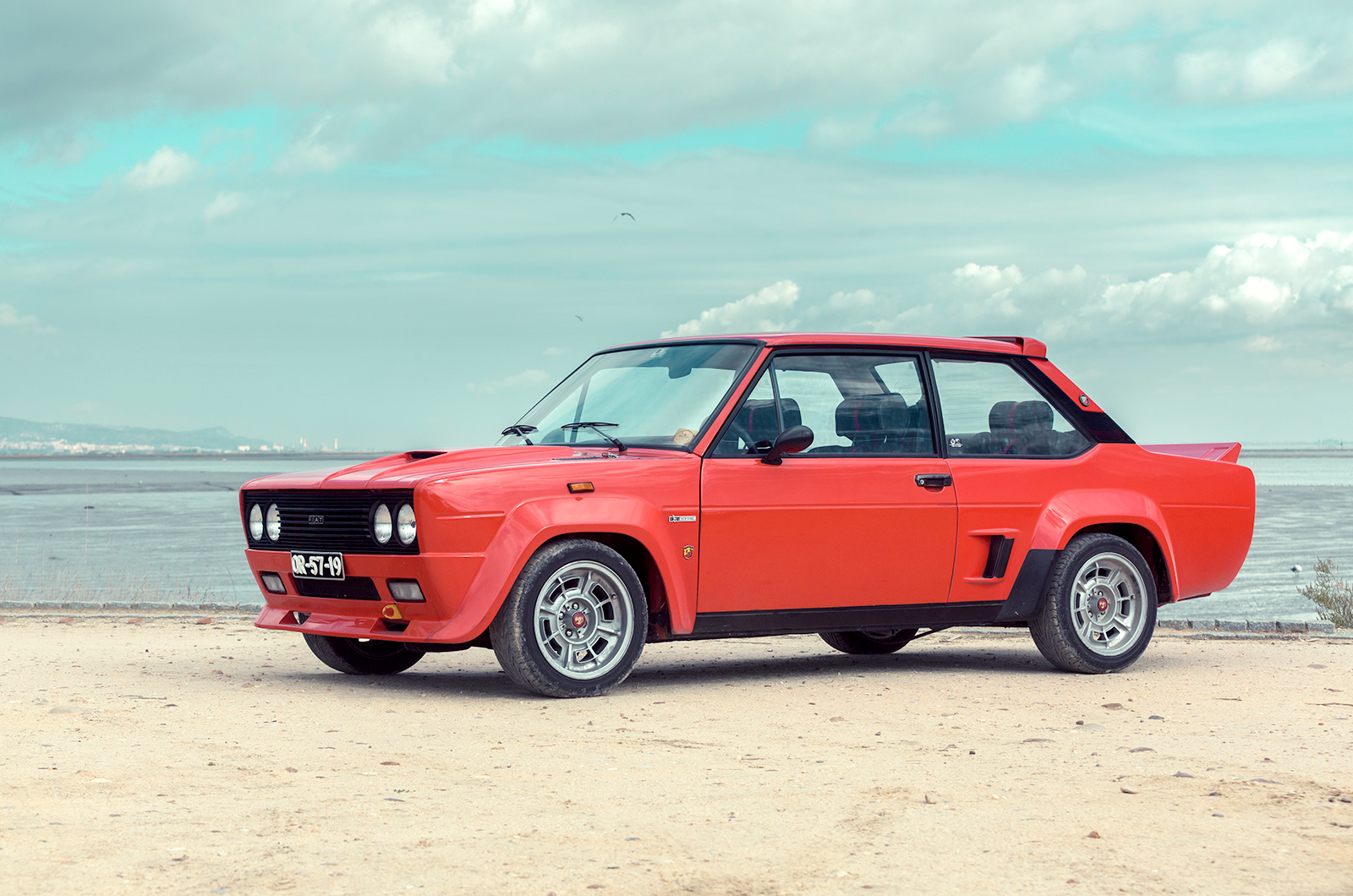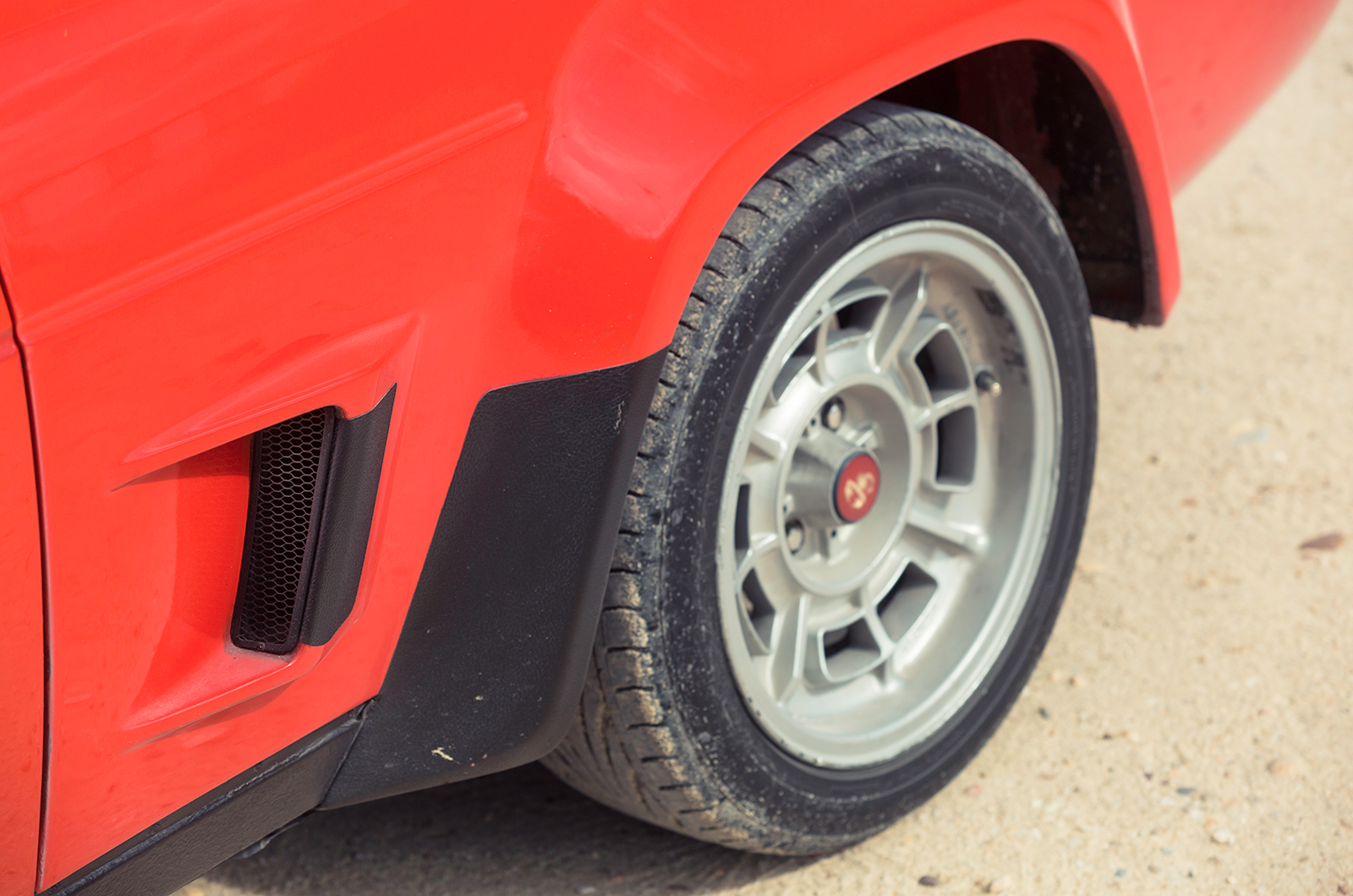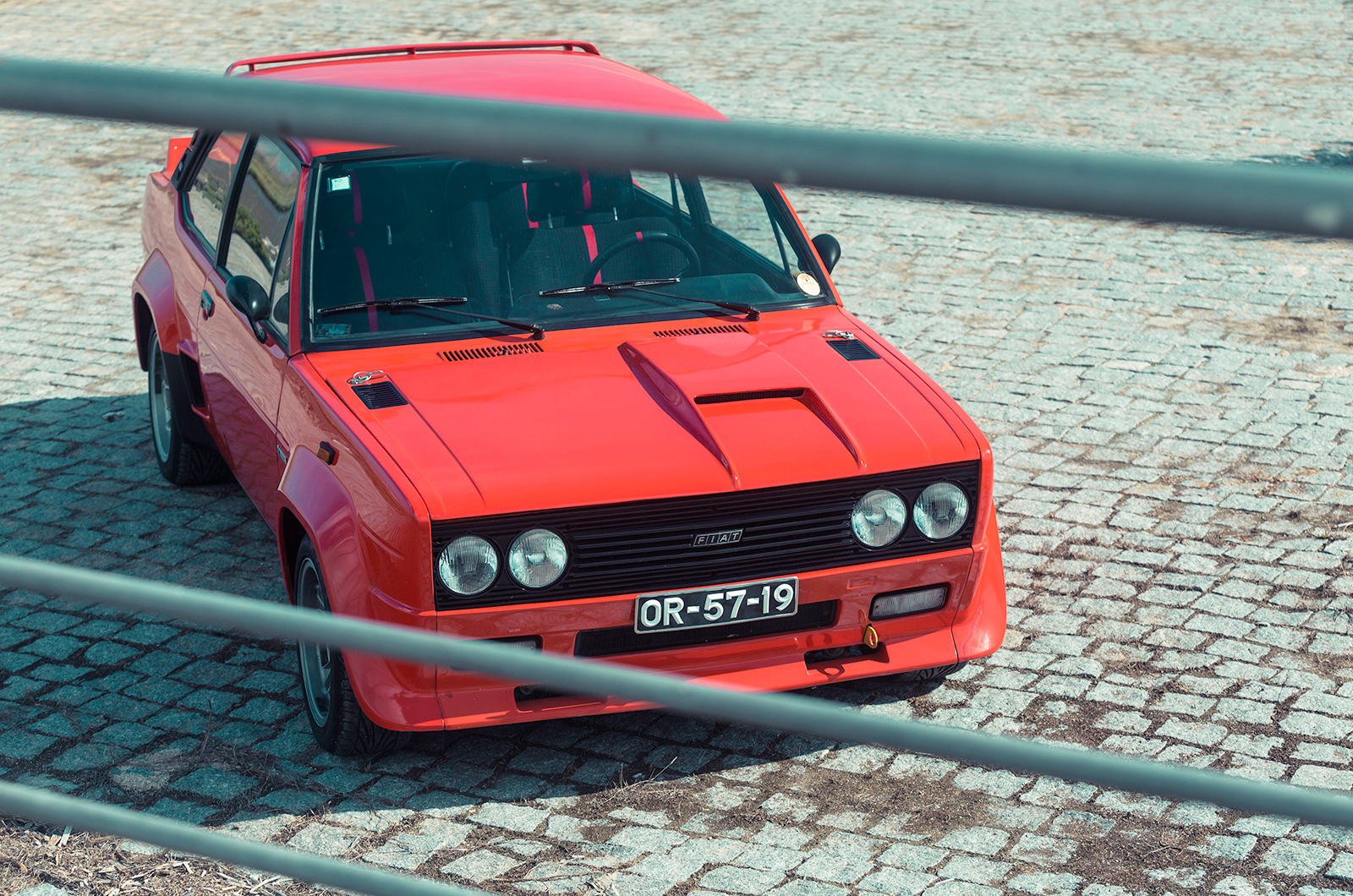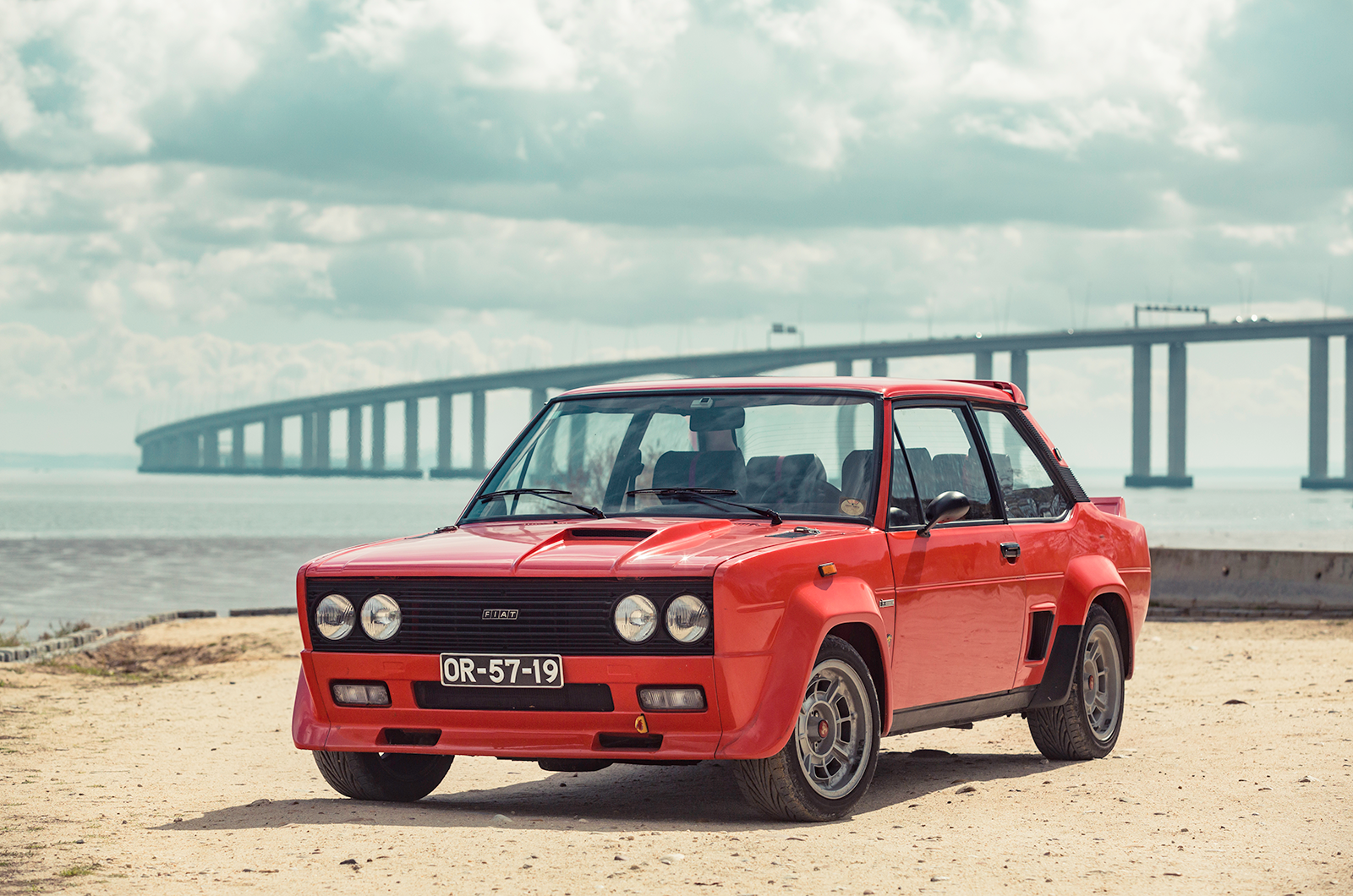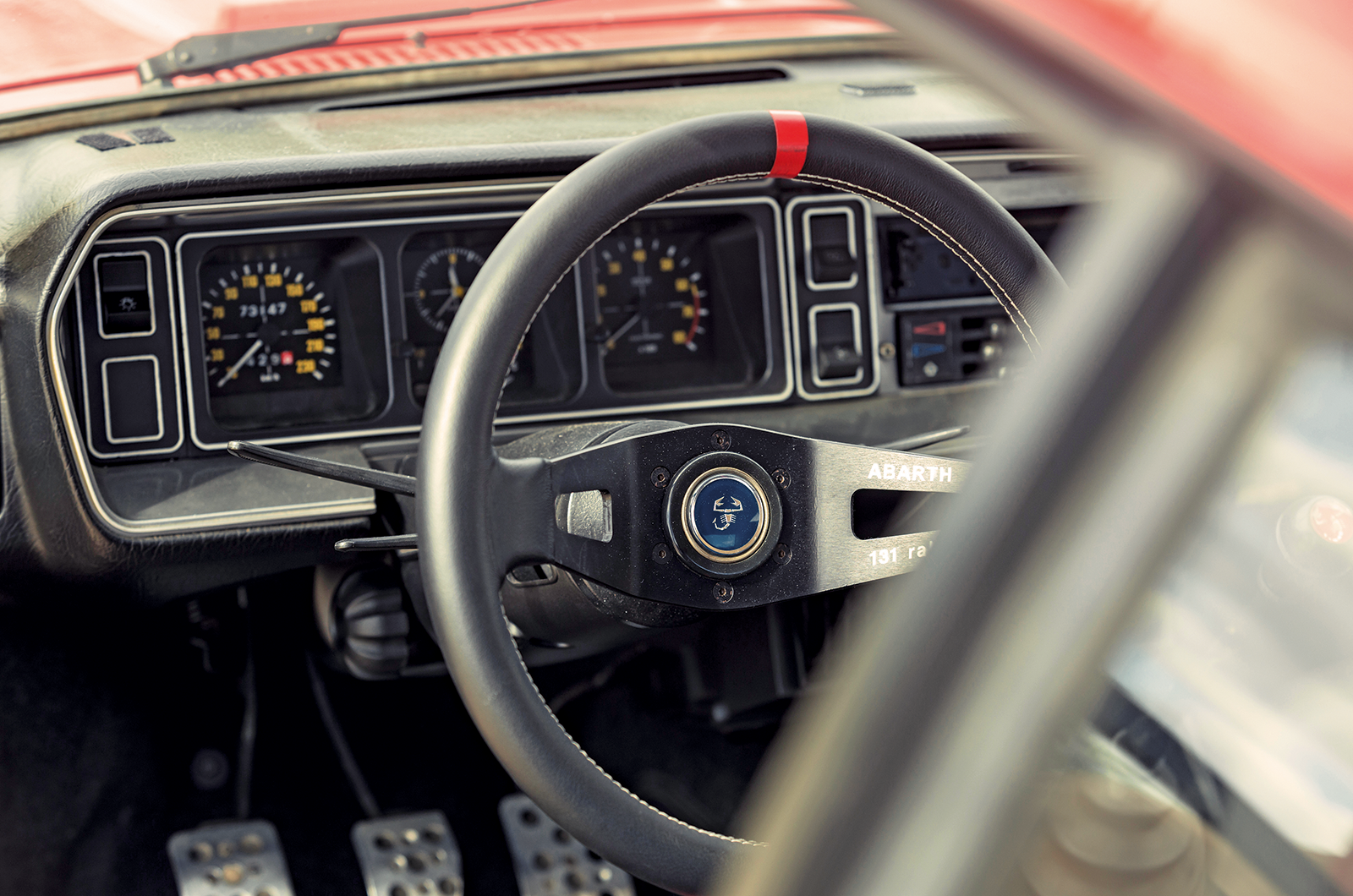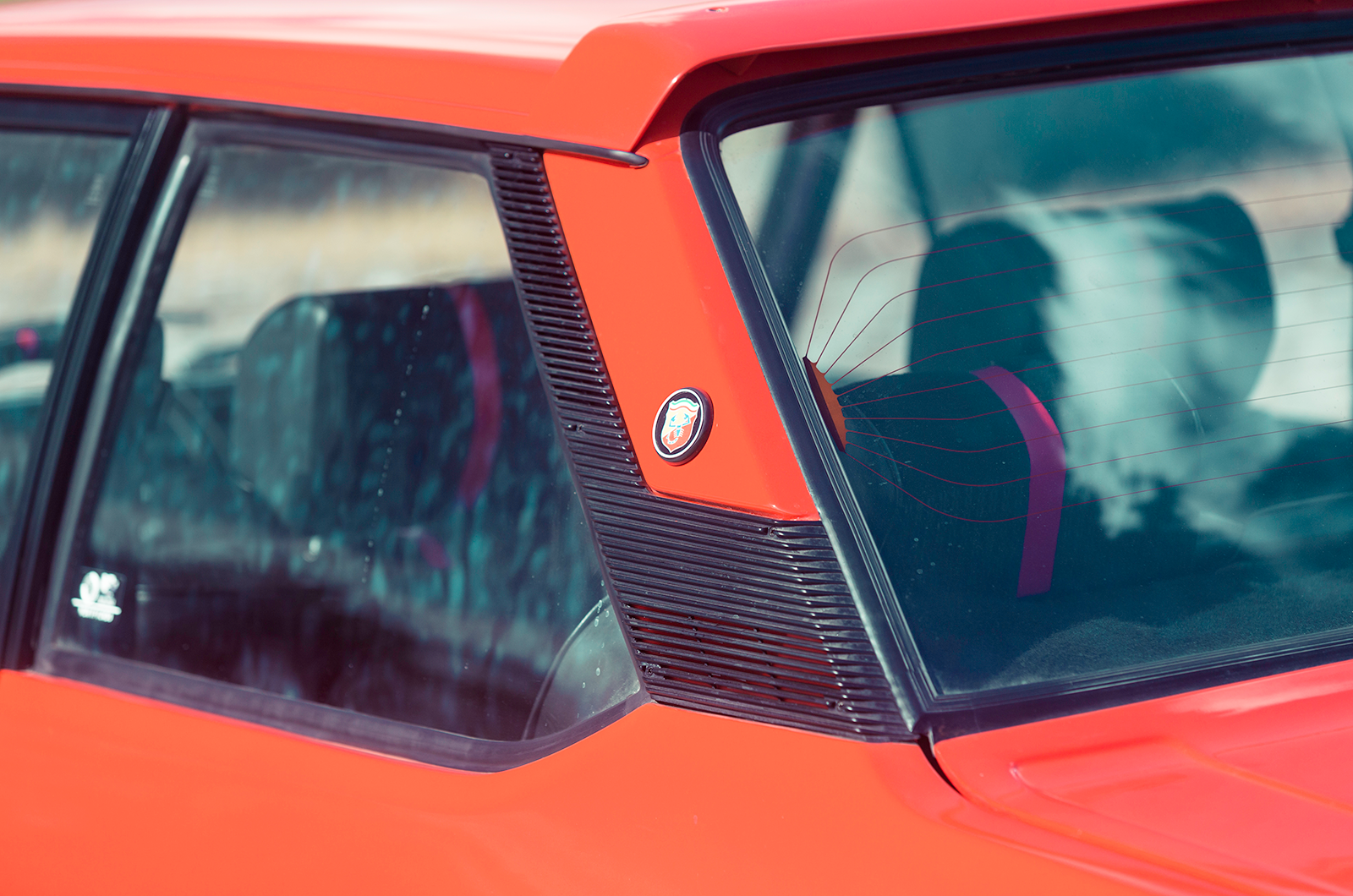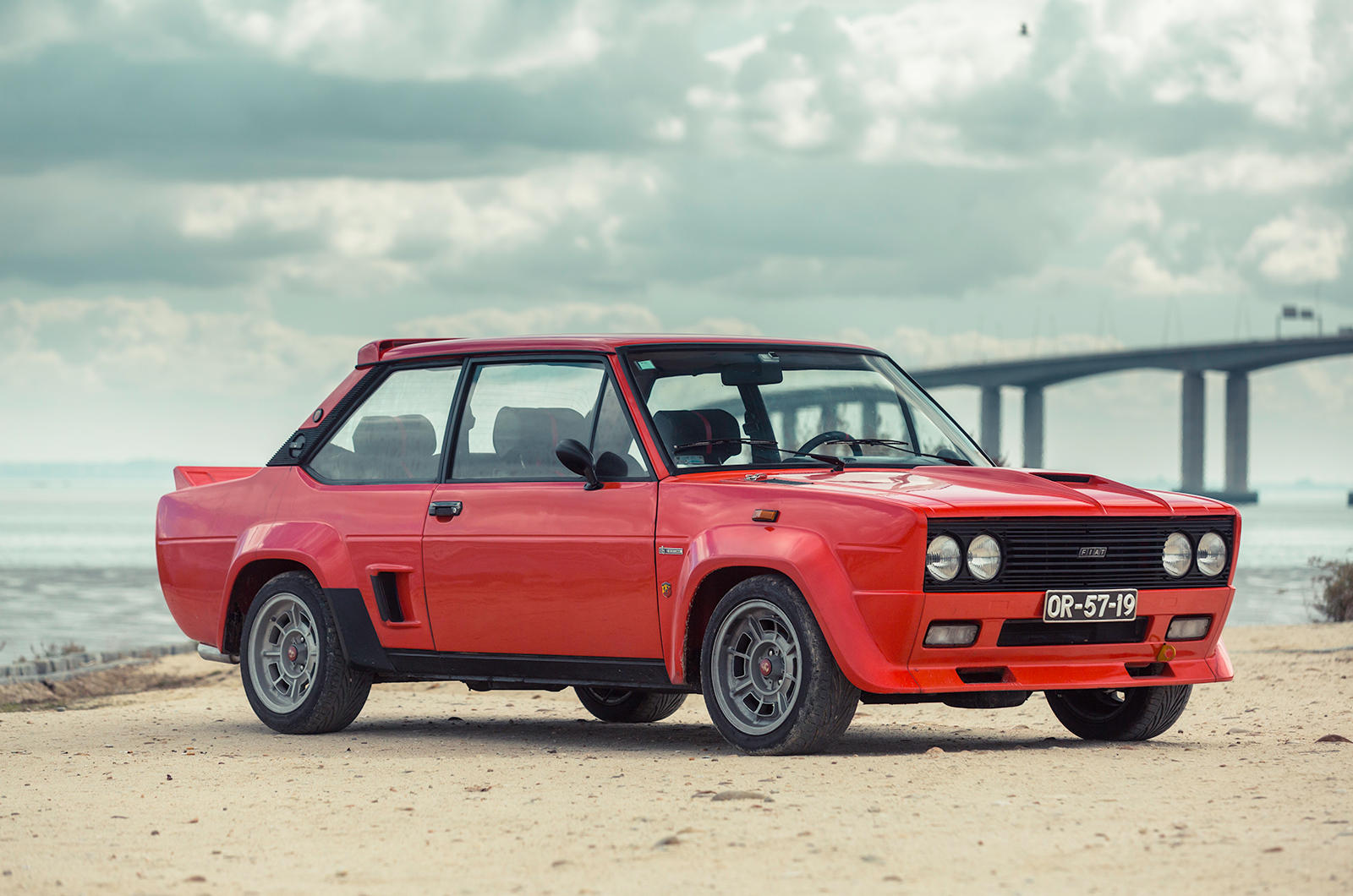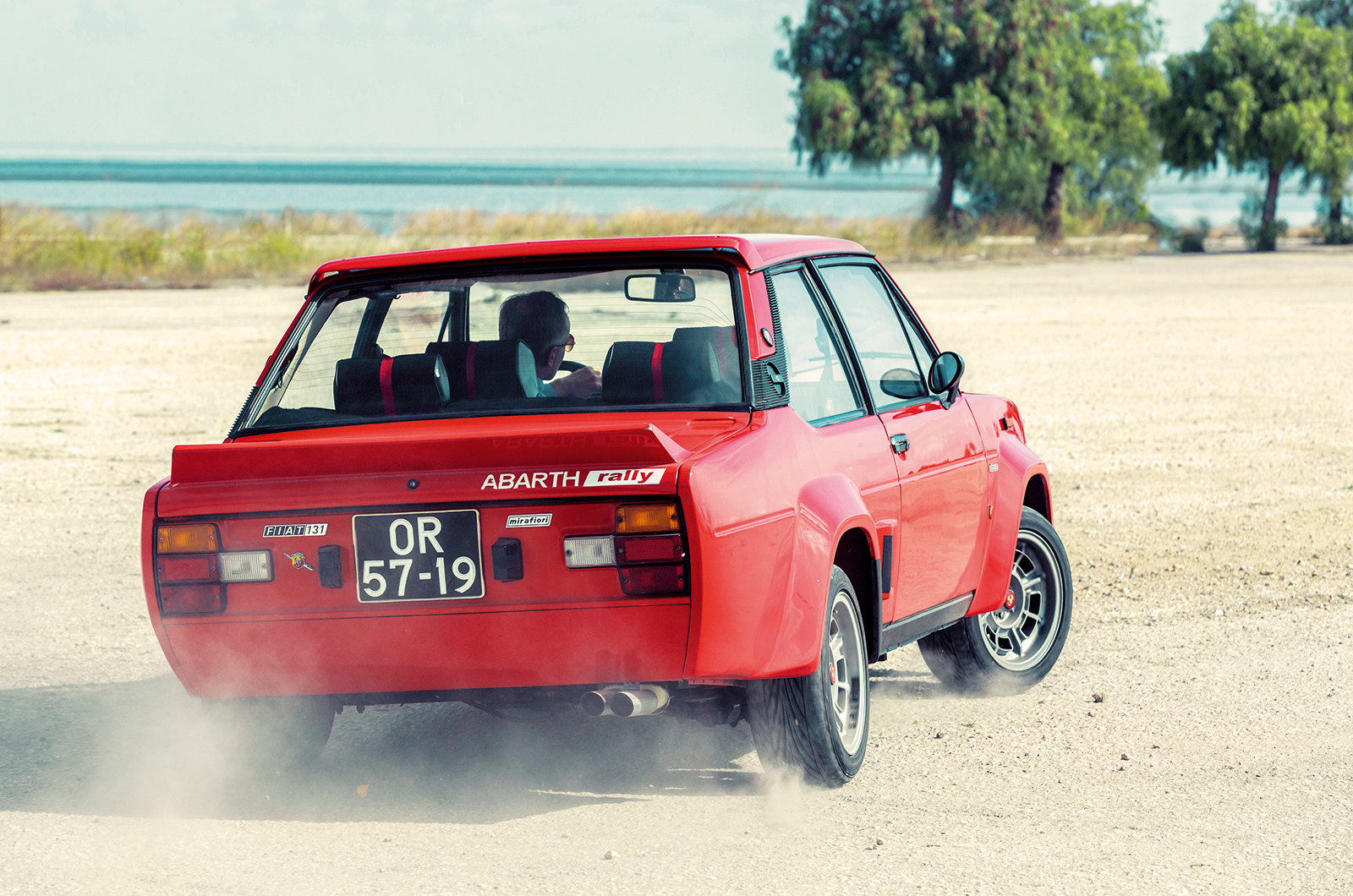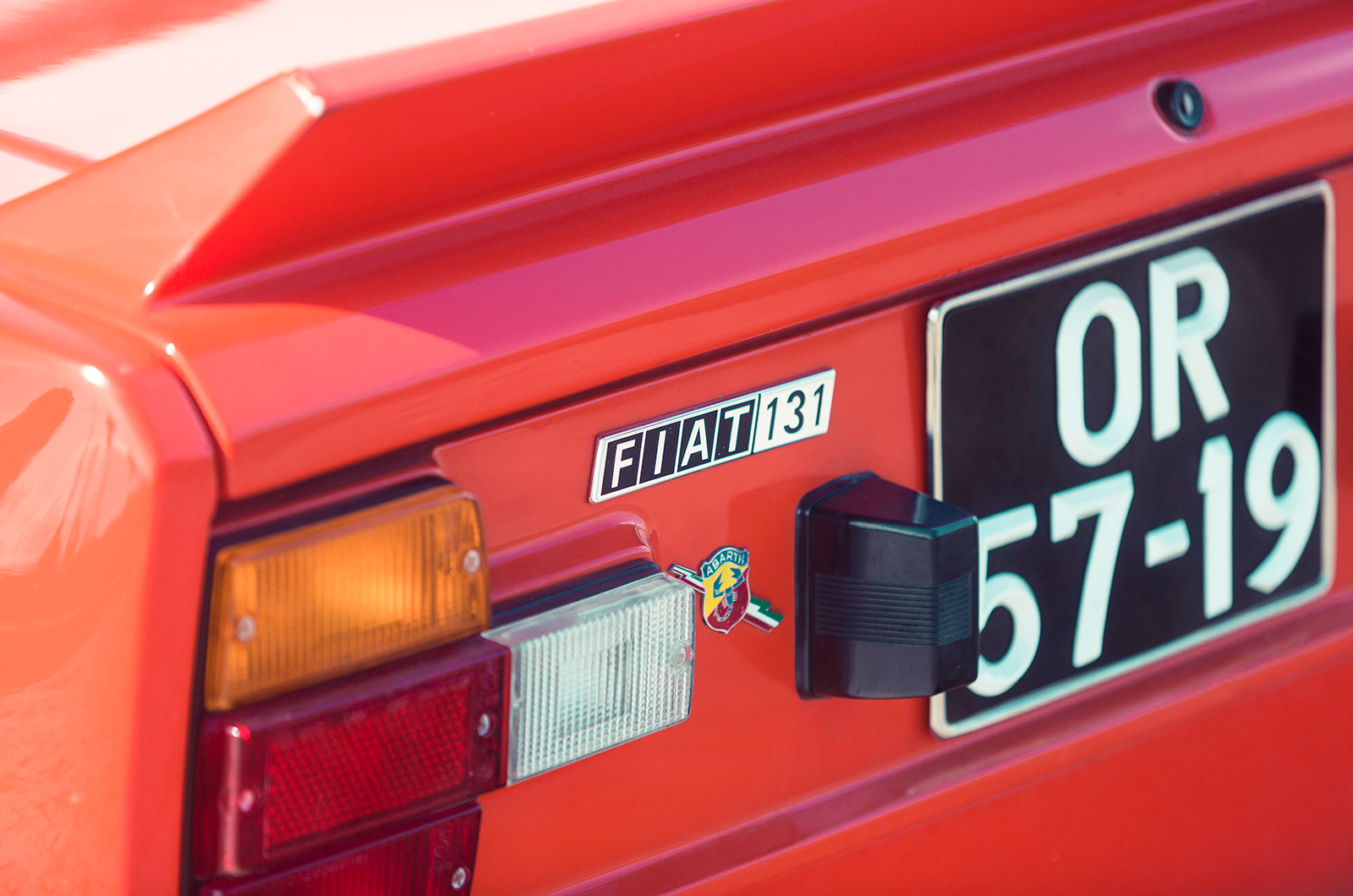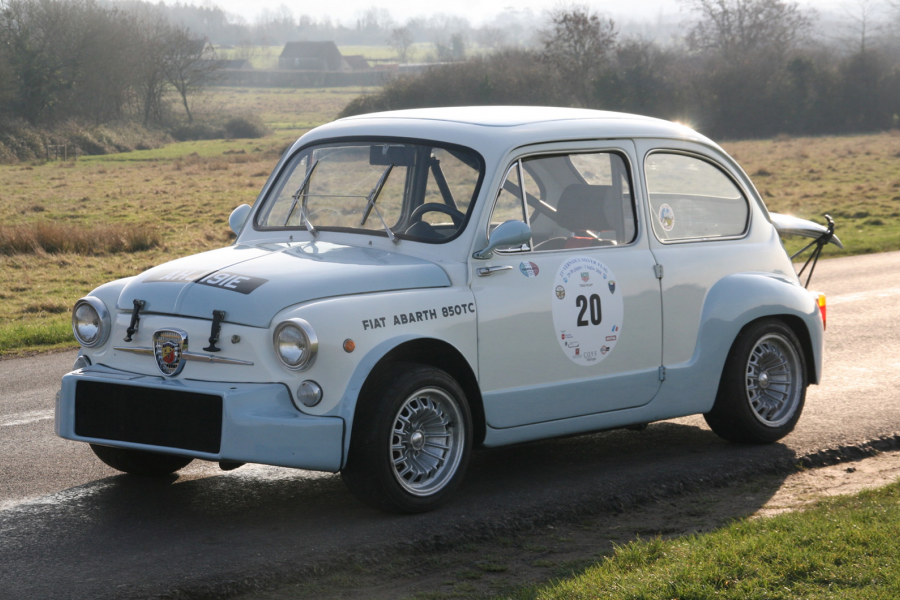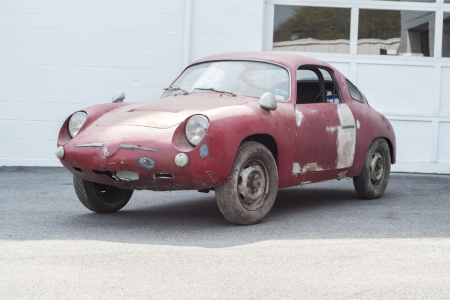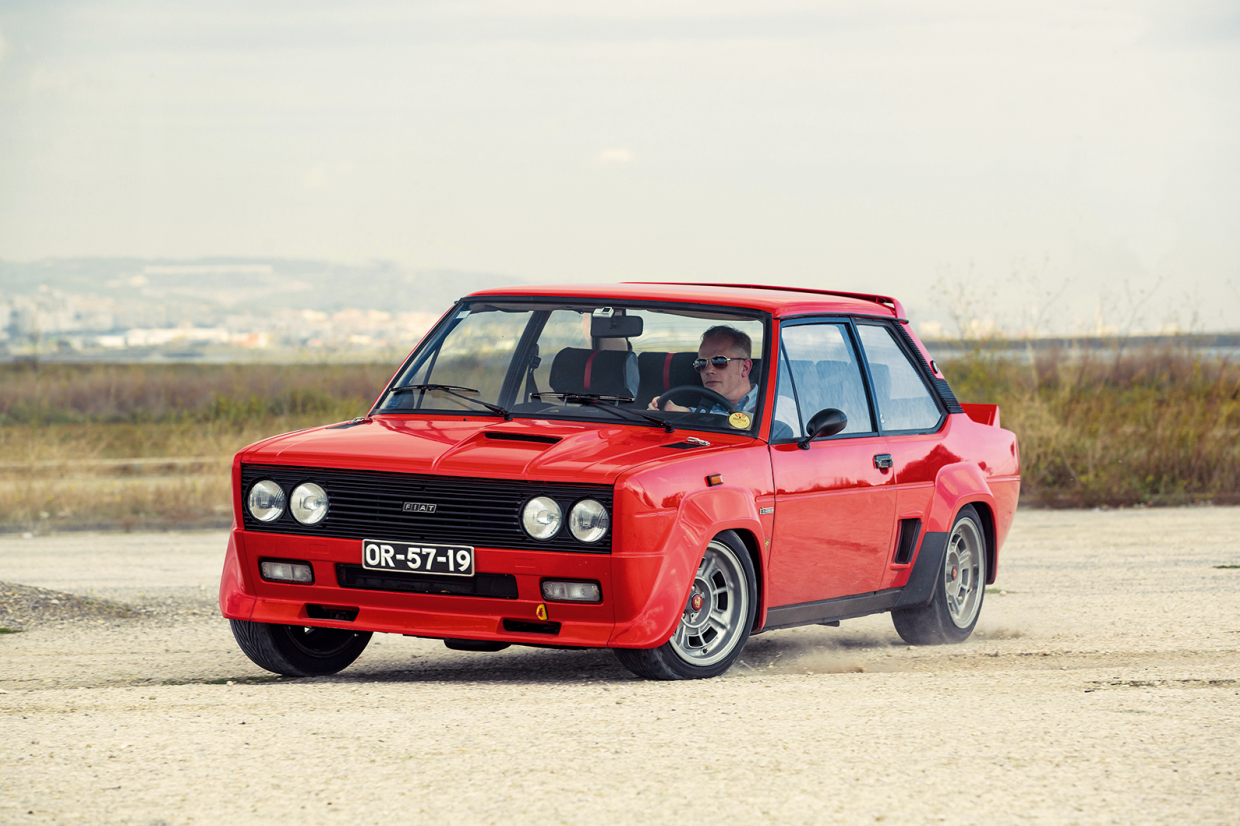
The backdrop screams ‘urban cool’, if by that you mean there’s lots of concrete, graffiti and a couple of characters who either want to hug you or stab you.
Unfortunately, the road has no surface as such, just massive potholes between stretches of vegetation sprouting out of the asphalt, and you don’t want to drop a Campagnolo in a crater.
‘Our’ Fiat-Abarth 131 Rally is highly prized, and highly strung with it. You nail the throttle and channel your inner Markku.
The first run results in a bravura display of semi-controlled drifting.
Next time through the battery light flickers just as you boot it out of a bend. The revs die and it understeers like a wayward shopping trolley, the driver’s seat offering surprisingly little by way of lateral support despite appearances to the contrary.
A third ends much the same, as does the fourth.
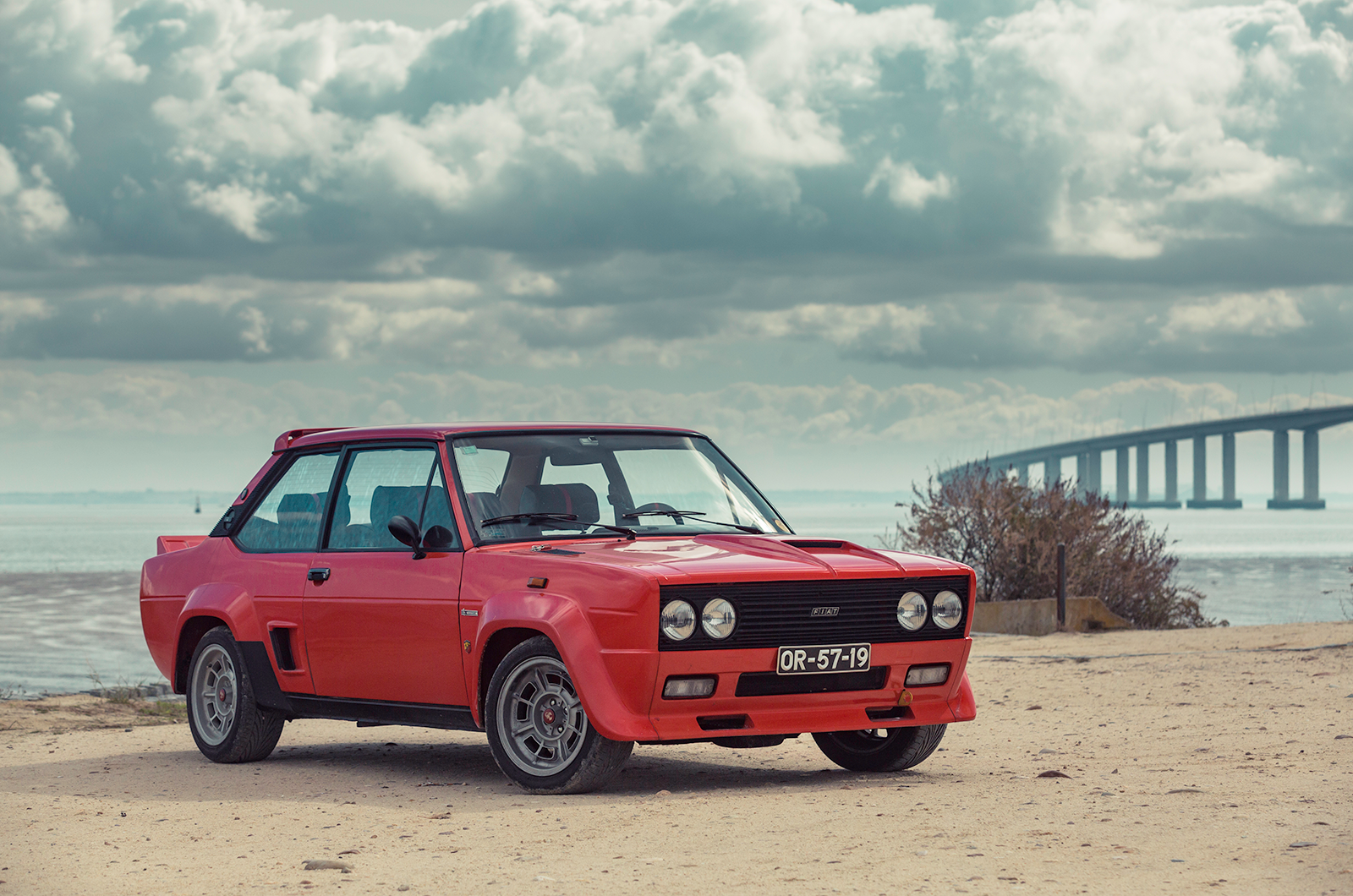
Time was when this was a car for heroes. Autocar labelled it: ‘A strange mixture of the clever, the brash, and the sophisticated.’
That was in 1977, and the description still fits.
The funny thing is, the car that initially was to have replaced the 124 Abarth Sport as Fiat’s rally weapon of choice in the latter half of the 1970s was the X1/9.

